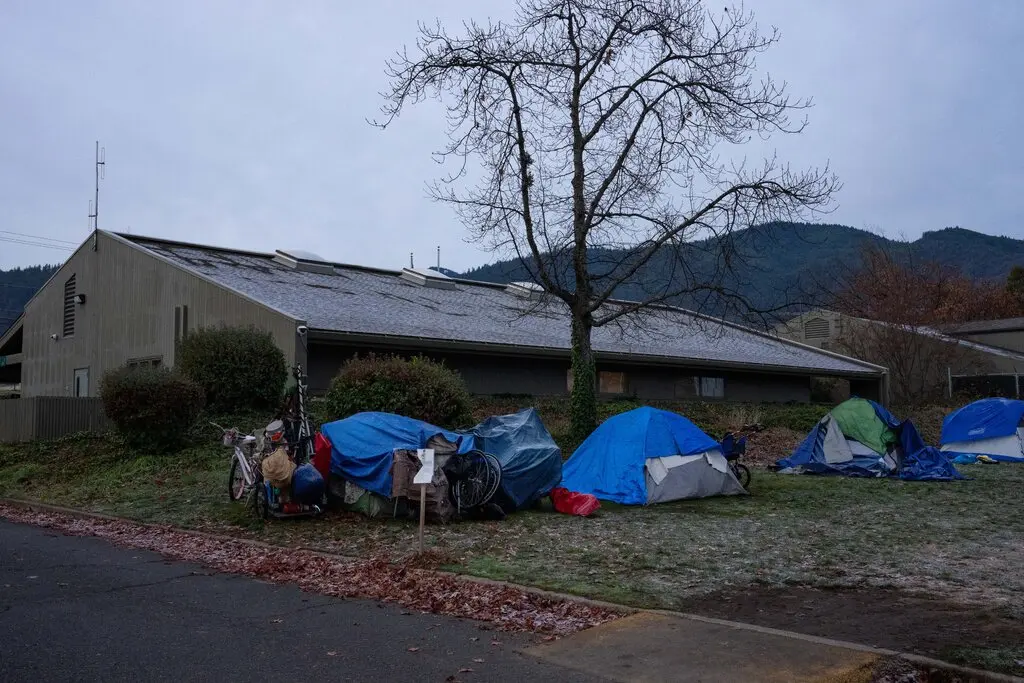Homelessness in the United States reached an all-time high this year, with the number of people experiencing homelessness surpassing 770,000, marking an 18 percent increase from the previous year. This increase is the largest annual jump since the federal government began tracking homelessness in 2007. The surge in homelessness is attributed to several factors, including a growing number of asylum-seeking migrants, a worsening national housing crisis, and the end of pandemic-era protections that had previously helped vulnerable populations.
The report, released by the Department of Housing and Urban Development (HUD), shows that nearly every category of unhoused individuals has seen an increase, with the rise particularly steep among children and families. Over the past two years, homelessness has grown by a third, reversing the trend of only modest fluctuations in previous years. Officials have pointed to the affordable housing crisis, inflation, and the expiration of certain pandemic aid programs as key drivers of this sharp increase.
One of the primary factors behind the rise in homelessness is the surge in asylum-seeking migrants, who have overwhelmed shelter systems in many parts of the country. While the government does not track the migration status of the homeless, it is clear that the influx of migrants has contributed to the overcrowding in shelters, where much of the increase in homelessness has occurred. The number of foreign asylum seekers has been rising since 2022, although the trend has started to slow down by the time the homeless count was taken at the beginning of this year.
Despite the complexities of the issue, the record homelessness numbers are likely to intensify the ongoing political debate about how to address homelessness in the U.S. Democrats often point to soaring housing costs, the lack of affordable housing, and increasing economic inequality as the root causes of homelessness, advocating for a stronger safety net. On the other hand, many Republicans argue that liberal policies have exacerbated the problem, calling for stricter requirements for unhoused individuals to seek treatment for mental illness or substance abuse in exchange for aid. President-elect Donald Trump has also suggested clearing cities of homeless encampments and placing unhoused people in camps.
Interestingly, veterans were the only group for whom homelessness decreased last year. The number of homeless veterans fell by 8 percent, continuing a long-term trend that has seen a more than 50 percent reduction in veteran homelessness since 2009. This decline is largely attributed to bipartisan support for services and housing specifically targeted at veterans, which contrasts with the more divisive debates surrounding broader homelessness issues.
What are the main factors contributing to the rise in U.S. homelessness?
The increase in homelessness is driven by a combination of a growing number of asylum-seeking migrants, a national housing crisis, inflation, and the end of pandemic-era protections.

